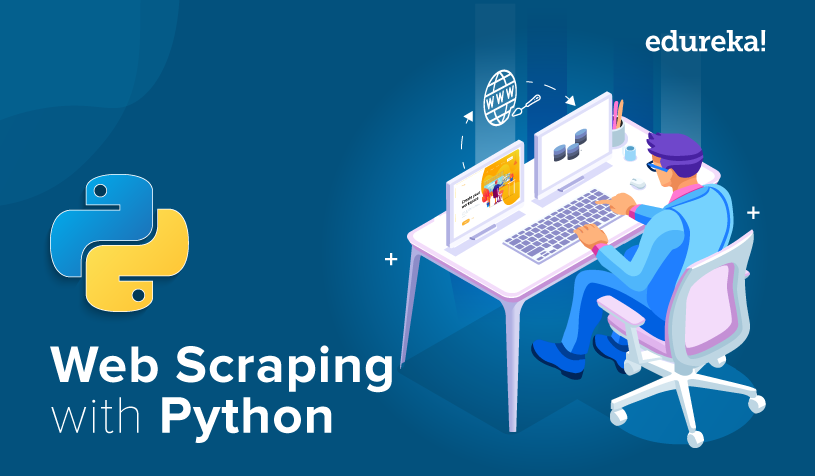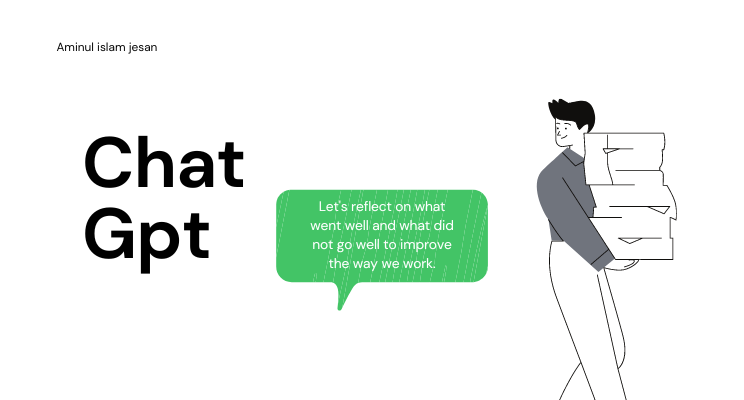Python programming language has become an invaluable tool for web scraping, allowing developers to extract data from websites efficiently. In this article, we will explore the fundamentals of web scraping with Python, its advantages, and the steps involved in extracting data from websites. Whether you’re a business looking to gather market data or an individual interested in scraping information for personal projects, understanding Python for web scraping is a valuable skill to possess.
Introduction
In today’s digital age, data is a precious commodity. Websites contain vast amounts of information that can provide valuable insights for businesses and individuals alike. Web scraping, also known as web harvesting or data extraction, is the process of automatically retrieving data from websites. Python, with its extensive libraries and simplicity, has emerged as a popular choice for web scraping tasks.
Understanding Python for Web Scraping
Python is a powerful, versatile, and easy-to-learn programming language. Its rich ecosystem of libraries makes it an ideal choice for web scraping projects. Python’s syntax is concise and readable, allowing developers to write clean and efficient code. Additionally, its popularity ensures a vast community of developers who can provide support and share knowledge.
Getting Started with Web Scraping in Python
Before diving into web scraping, you need to set up your development environment. Start by installing Python and the required libraries for web scraping. Two commonly used libraries for web scraping in Python are BeautifulSoup and Requests. BeautifulSoup helps parse HTML and XML documents, while Requests enables sending HTTP requests to websites.
Basic Concepts of Web Scraping
To extract data from websites, it’s crucial to understand HTML structure and tags. HTML (Hypertext Markup Language) is the standard language used to create web pages. By inspecting web page elements, you can identify the relevant HTML tags that hold the data you want to scrape.
Extracting Data with Python
Python provides several methods to retrieve data from HTML documents. You can use the BeautifulSoup library to locate and extract information based on specific HTML tags. Navigating through the HTML structure allows you to access nested elements and retrieve data efficiently.
Dealing with Dynamic Content
Some websites utilize JavaScript to render their content dynamically. This poses a challenge for web scraping as the initial HTML response may not contain all the data. In such cases, tools like Selenium come in handy. Selenium automates web browsers and allows you to interact with JavaScript-rendered pages, enabling you to scrape data from dynamic content.
Data Cleaning and Manipulation
Once you’ve extracted data from a website, it’s common to encounter unwanted characters or formatting issues. Python provides various string manipulation and regular expression functions to clean and transform the extracted data. This ensures that the data you obtain is in a usable format for further analysis or storage.
Handling Pagination and Multiple Pages
Many websites display data across multiple pages or implement pagination to organize content. To scrape data from such websites, you need to handle pagination effectively. Python offers techniques to iterate through pages, extract data, and navigate to subsequent pages for a comprehensive data scraping process.
Advanced Techniques for Web Scraping
In addition to basic web scraping, Python offers advanced techniques to enhance your data extraction capabilities. APIs (Application Programming Interfaces) allow you to retrieve data in a structured format directly from the source, making the scraping process more efficient. Furthermore, incorporating delays and headers in your scraping code can help simulate human-like behavior and prevent detection.
Best Practices for Web Scraping
Web scraping should be done ethically and in compliance with website terms of service. Respecting website limitations, such as rate limits, ensures that your scraping activities remain within acceptable boundaries. Additionally, implementing techniques to avoid IP blocking and detection helps maintain a smooth and uninterrupted scraping experience.
Python Libraries for Web Scraping
Python boasts a wide range of libraries that facilitate web scraping. Some popular choices include BeautifulSoup, Requests, Scrapy, and Selenium. Each library has its strengths and weaknesses, so it’s important to choose the one that best suits your project requirements.
Use Cases and Applications
Web scraping has diverse applications across industries. Businesses use it to gather market data, monitor competitors, or extract customer reviews. Researchers leverage web scraping to gather data for academic studies, while journalists utilize it to extract information for investigative reporting. The possibilities are endless, and Python equips you with the tools to explore them.
Considerations when Hiring Python Developers
If you’re considering hiring Python developers for web scraping projects, there are a few factors to consider. Look for developers with experience in web scraping and knowledge of relevant libraries and frameworks. Evaluating their proficiency through coding assessments or past projects can help ensure you hire skilled professionals for your web scraping needs.
Conclusion
Python provides a robust platform for web scraping, enabling efficient data extraction from websites. With its rich ecosystem of libraries, simplicity, and extensive community support, Python is an excellent choice for both beginners and experienced developers. By mastering web scraping techniques in Python, you can unlock a wealth of data that can be used for various purposes.




